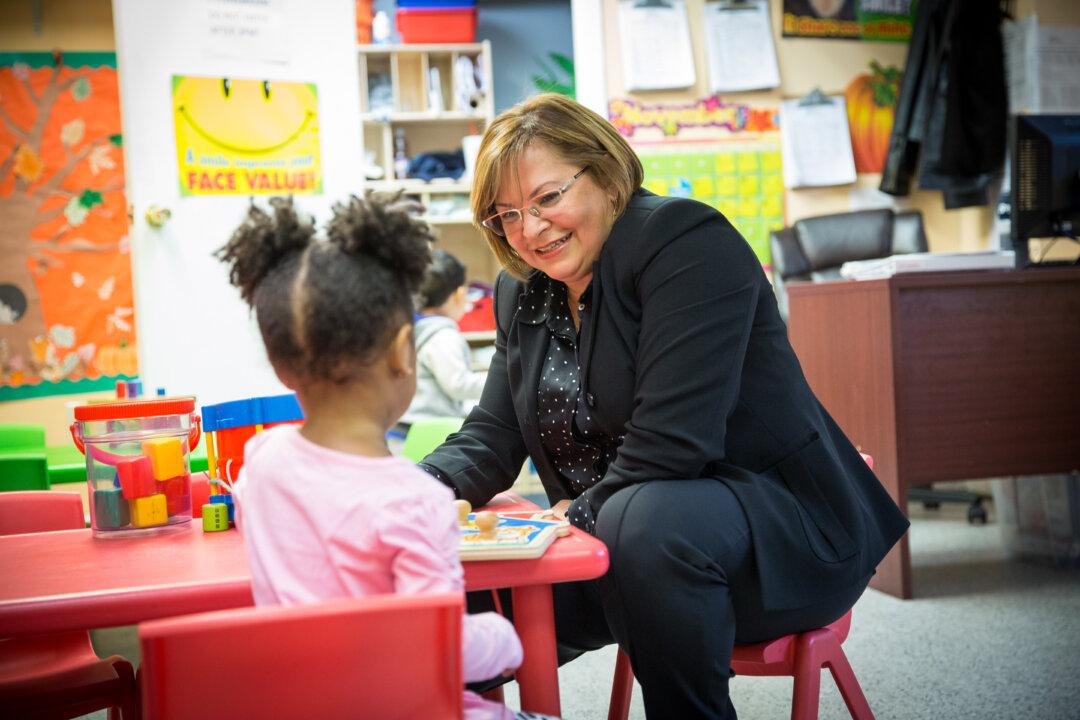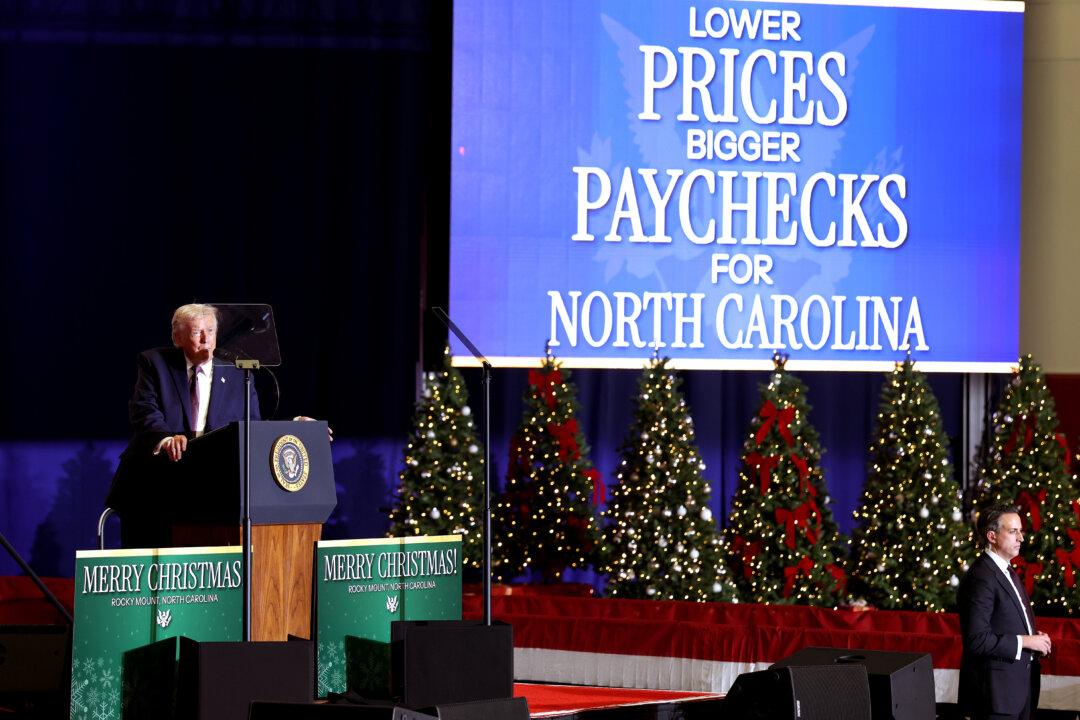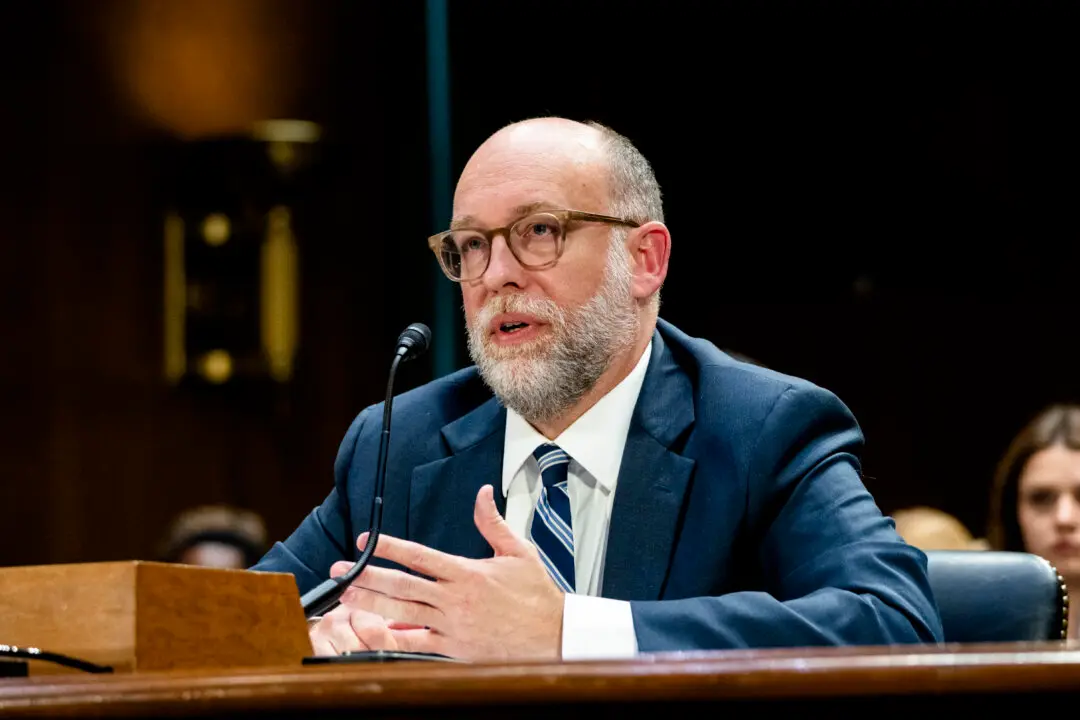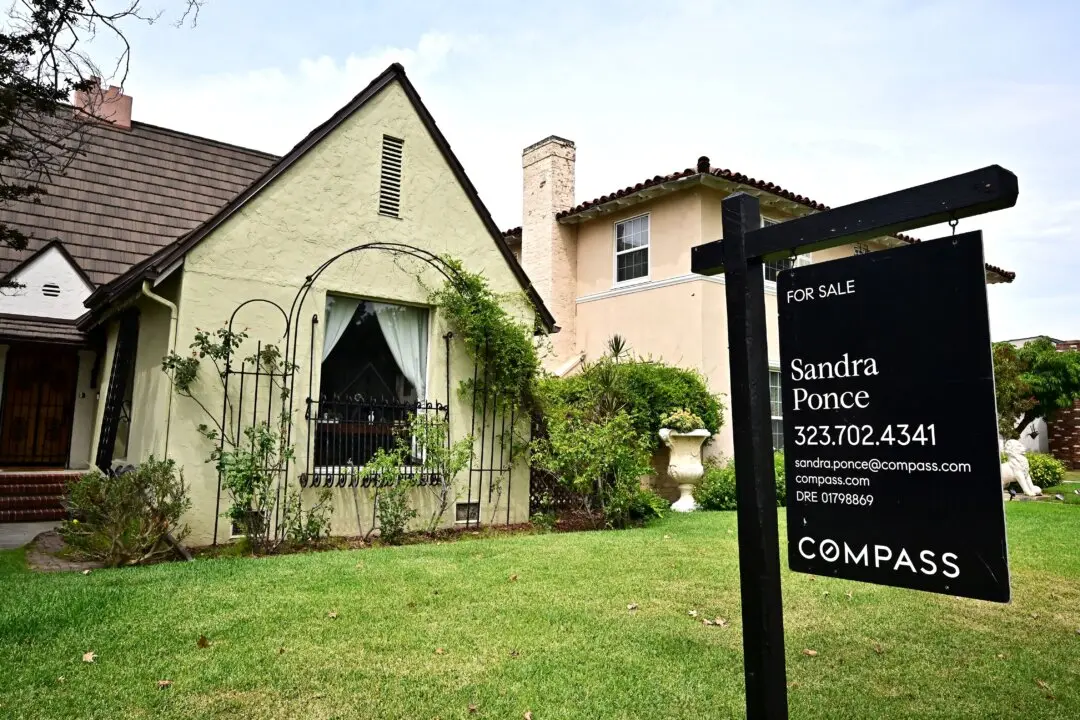Optimism within the nation’s small-business world continues to soar, reaching its highest levels in years. Thanks to better access to loans, entrepreneurs are increasingly confident about expanding their businesses.
The lending activity of the U.S. Small Business Administration (SBA) has risen in the last 12 months. The New York district has been the top performer among 68 SBA districts, seeing a 36 percent increase in the number of loans and a 15 percent surge in dollar terms in the 2017 fiscal year (from Oct. 1, 2016, to Sept. 30, 2017). And for the first time, the New York SBA broke $1 billion in small-business lending.





